Winter is accompanied by extra risks for injuries and illnesses such as frostbite and hypothermia. There are natural treatments for winter injuries so that if you’re caught with no access to medical treatment, you’ll know what to do to survive.
Frostbite
Frostbite occurs when your extremities are exposed to cold and the tissue actually begins to freeze. This happens because your body is attempting to maintain its core temperature in order to protect vital organs. To do this, it constricts the vessels so that blood isn’t flowing near the surface where it will be cooled.
This means that your extremities aren’t getting the blood flow needed to keep them warm and cells and blood vessels will start to freeze.
There are several different stages of frostbite and the higher the stage, the more likely it is that you’ll sustain permanent damage. This is a serious condition that can quickly get out of control so your best option is to avoid it altogether.
Prevention of frostbite is key if you want to keep all of your body parts. That means keeping your entire body covered and warm. Mittens are better than gloves and waterproof clothing is best. Even mild frostbite causes damage to your tissues. Here are the phases, the symptoms that accompany them and how to treat yourself in order to save the extremity, if possible.
The most common locations of frostbite are your fingers, toes, ears and nose; keep them covered and warm. If you start to notice tingling or a loss of feeling, do whatever you need to do in order to get them warm again!
Stage 1: Frostnip.The first stage of frostbite is frostnip. You’ll notice that the tips of your extremity will start to tingle and will look red. As it progresses it may begin to look white. Your skin may also feel hard. They’ll feel cold and stiff, then go numb. Your epidermis is starting to freeze. If you catch frostbite at this stage and stop it, you won’t suffer any permanent damage. Get inside if possible or build a fire. At least get somewhere dry and out of the wind.
Tuck your hands in your armpits to warm them or put your toes in the bend of your knee. Your nose and ears are a bit harder to warm up so keep them covered and warm at all cost.
Stage 2: Superficial Frostbite. The second stage of frostbite is superficial frostbite. You’ll notice that your extremities feel warm again. Your epidermis is frozen and the frostbite is now progressing to your dermis. When you look at them, the tips may be white or blue; that may be the reason it was initially named frostbite; it looks frosty. Your skin will feel hard and frozen and may be swollen.
Again, if you get your tissue warmed back up, you’ll likely experience no lasting damage. However, since blisters may form within 24-48 hours on the injured tissue, you run the risk of infection that can quickly spread to the rest of your system. We all know that in a survival situation infection can be deadly.
Stage 3: Deep Frostbite. This stage of frostbite is serious. At least the tips of your extremities will be completely numb. Your epidermis and dermis are frozen and now your subcutaneous tissue is being damaged. Involved joints and muscles may no longer work as well. Your skin will feel hard and frozen and will look white, blue or blotchy.
Over the course of the next few days, the skin will turn black and you’ll develop blisters that may be filled with blood. Amputation may be necessary and infection is a serious risk. In order to avoid further damage, it’s imperative that you get inside or build a fire to get warm. At this point, you’re near the point where you could begin to freeze to death.
Stage 4: The Second Stage of Dee Frostbite.Frostbite has now progressed to the point that it’s affecting your underlying structures such as muscle and bone. You’re in serious danger of freezing to death. The skin will appear deep red and possibly mottled and will feel frozen and hard to the touch. You won’t have any feeling in them. The affected skin will turn black over the course of the following days and amputation and the accompanying risk of infection is almost a guarantee. Get warm or die.
Basic First Aid for Frostbite:
– Get out of the cold!
– Don’t rub the frostbitten areas because you can cause further tissue damage.
- Remove wet clothing and allow the area to air-dry.
- If your feet are affected, don’t walk on them unless you absolutely have no other choice because frozen bones are brittle and easy to break.
- Take off any jewelry, being careful not to damage the area further. It’s a good idea to take off any jewelry as soon as you begin to suspect frostbite before the tissue starts to swell.
- Get hydrated.
- Avoid refreezing. As a matter of fact, it’s often recommended that you leave the area frozen rather than warm it and let it re-freeze if that’s a possibility. Don’t make an attempt to keep it frozen though; let nature take its course.
- Allow to thaw naturally if possible. Wrap it in a blanket and let it warm up on its own. Warm water may be used but keep it between 32-37 degrees C (98.6-102.2 F). Don’t massage the skin; just set it gently in the water. This treatment may take around 30 minutes and you may want to repeat it. Let the skin air-dry between treatments.
Rewarming can be extremely painful so if pain medication is available, you may want to take some.
After rewarming, skin may swell further. If you had superficial frostbite, the skin may slough off and new skin will form. If you had deep tissue frostbite, the entire tip of the extremity may peel off. Surgical amputation may be necessary.
There are also medical treatments for frostbite that would be administered in a hospital setting but these natural treatments for this winter injury are the most immediately effective even if you’re just waiting on the ambulance.
Hypothermia
Hypothermia is when your body’s core temperature drops below 95 degrees F. You quite literally start to short-circuit because your brain and your heart are extremely sensitive to drops in body temp. You can’t survive for long if your core body temperature drops by more than a couple of degrees so when you start to notice signs of hypothermia, you need to get warm ASAP.
Just like with frostbite, there are a few stages of hypothermia.
This article has been written by Theresa Crouse for Survivopedia.


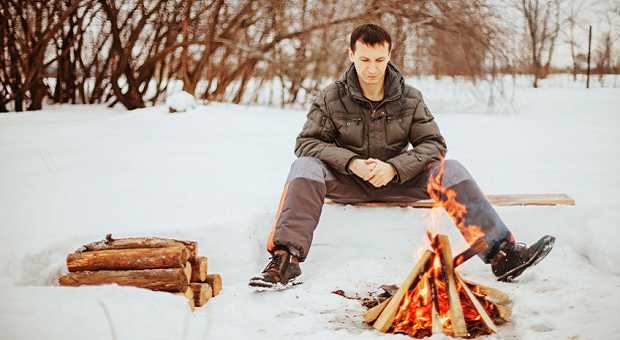

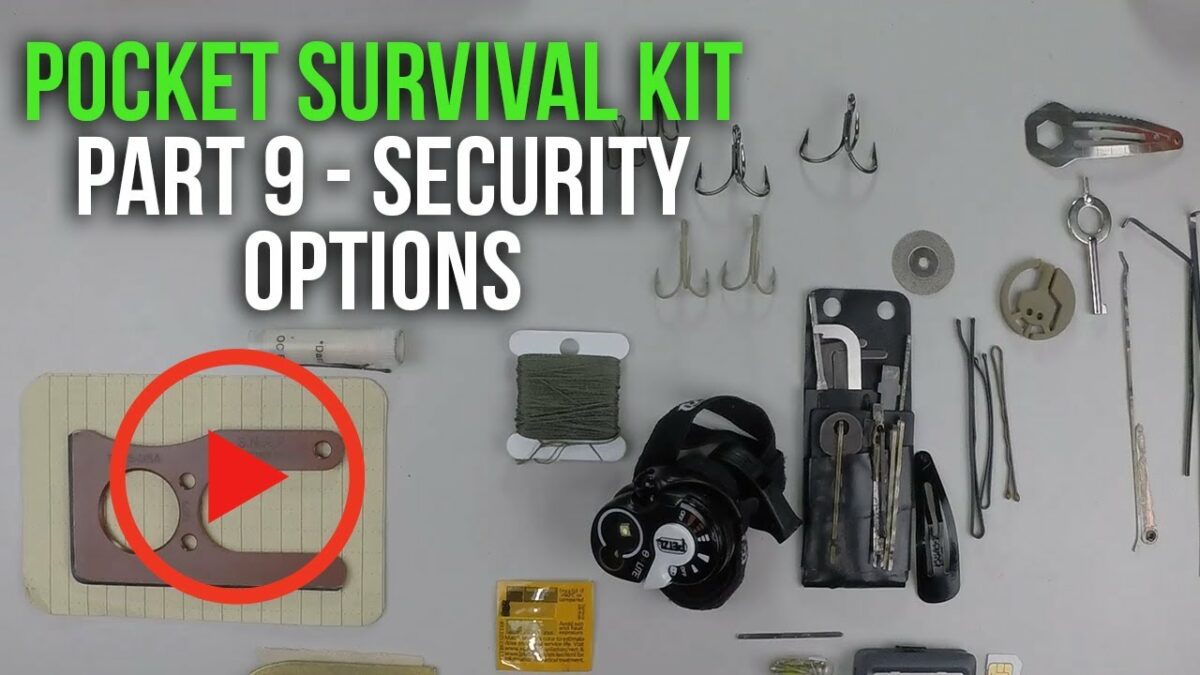
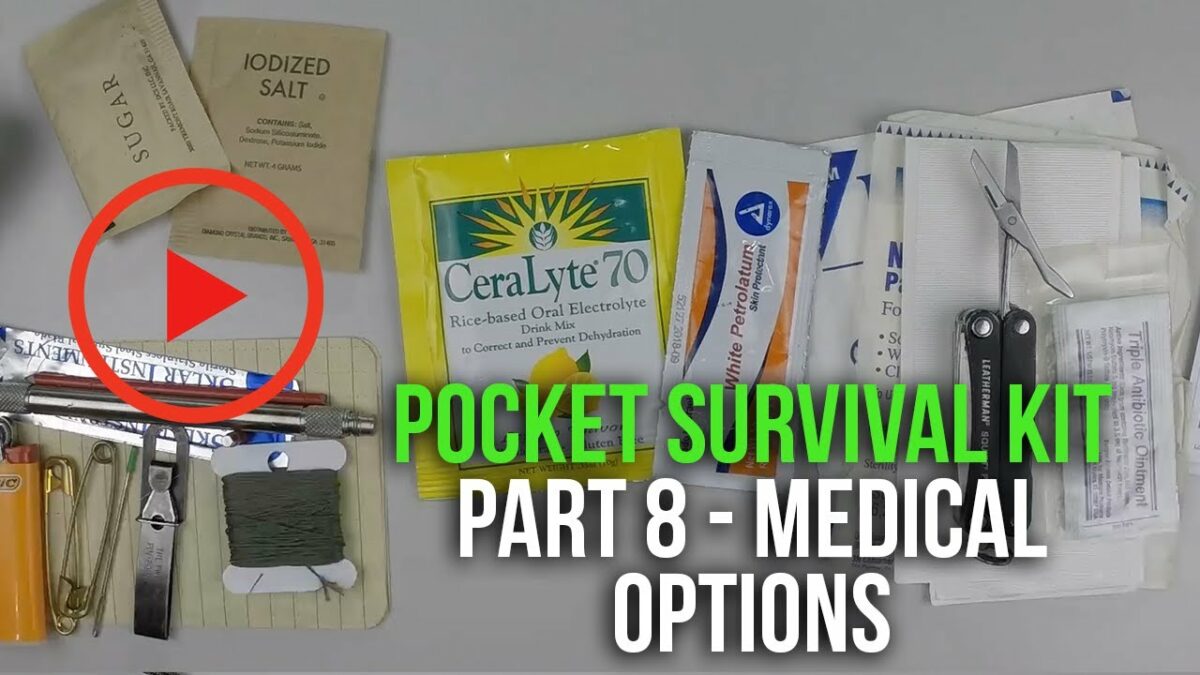
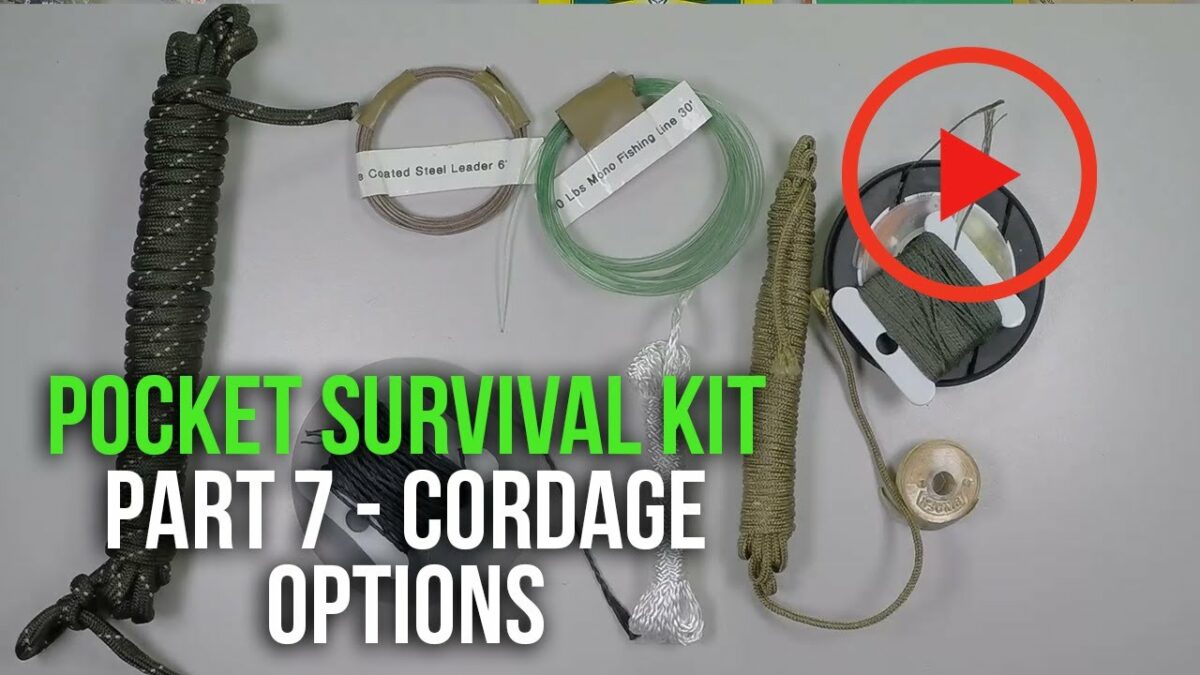
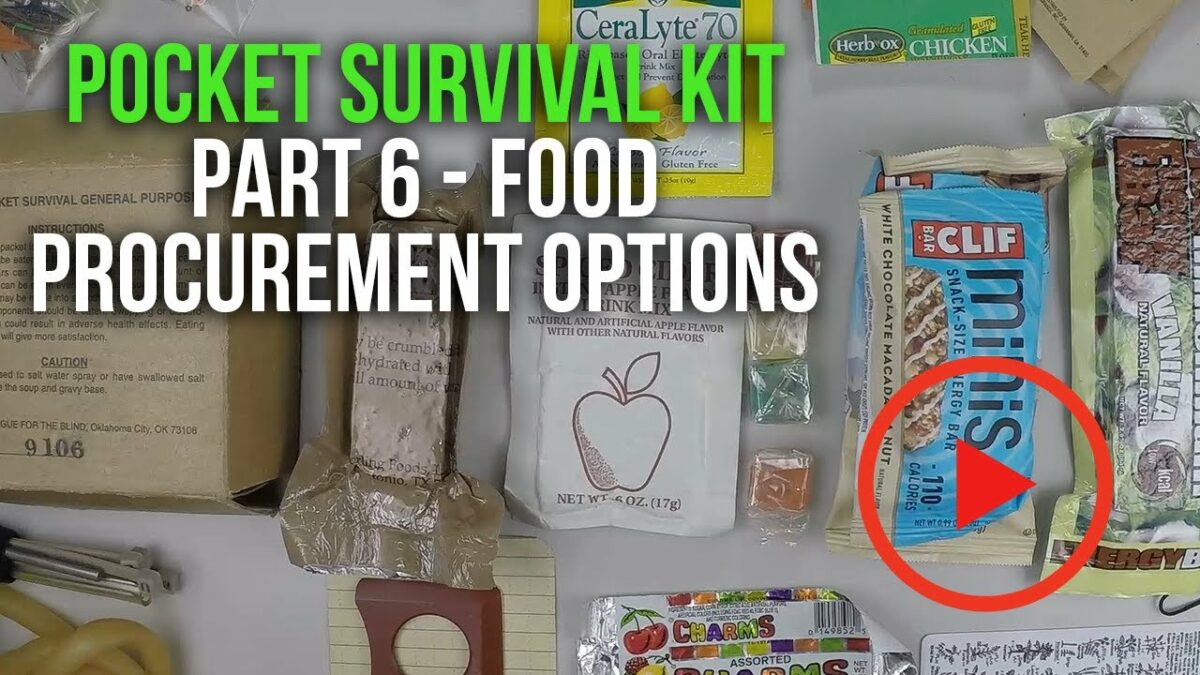

Roert Cowart | January 14, 2015
|
Anyone who lives in the northland and is in danger of frostbote should always have available a quantity of DMSO it comes in liquid or gel. It is miraculous in restoring circulation to the limbs. It can only be obtained for animal use thanks to the FDA. Feed and seed stores,farming supplies carry it for animal use. If you are interested enough check out “DMSO the Persecuted drug”. Amazon will proably have it. It will blow your mind how good it is. Google it while you still can.
Bob Cowart
Theresa | January 28, 2015
|
We used DMSO on our horses for inflammation but it’s something that you want to be extremely careful with when using. It amplifies the effects of certain meds, including blood thinners, sedatives, steroids and some heart meds. Also, it comes in several different grades on the internet and not all of them are pure DMSO. Many contain additional ingredients that are absorbed through your skin right along with the DMSO. It’s sometimes prescribed for topically treating arthritis, shingles, burns, frostbite and a handful of other conditions but comes with a ton of warnings about who shouldn’t use it. It is, after all, an industrial solvent created during the paper-making process and can have some nasty side effects if you react to it. I know first hand that it sometimes burns if you get it on your skin, kind of like a chemical burn feels. It also leaves a weird, garlic-y taste in your mouth if you get it on your skin which tells me that it goes through your entire body. I’m all for alternative treatments but this one scares me a bit because it has such an immediate systemic effect. Since the FDA has shut down all but a handful of studies, there’s just not enough research on it one way or the other to make me a believer, especially since it’s not a natural agent. Y’all are, of course, free to do as you please and if anybody else has an opinion, let’s hear it.
Robert Cowart | January 28, 2015
|
For more information on DMSO . Google DMSO and get a copy of Pat McGrady’s book “The persecuted drug” the story of DMSO. IT is a real eye opener. Well worth reading. This is a very powerful tool when properly used. The book documents its uses and shows how and why the FDA limited it’s use to animals. Warning, it will NOT bolster your faith in the FDA.
Bob
alan2102 | June 6, 2016
|
“it sometimes burns if you get it on your skin”
Only if you use the 100% stuff. Simply dilute the 100% down to 70% or so. No burns.
Pingback:Surviving When The Frostbite Bit You | TheSurvivalPlaceBlog | January 16, 2015
|
Lionel Reynolds | March 3, 2015
|
Dmso is the best.. the health industry is so corrupt..every time something good comes out they ban it..MMS..dmso..vitamin B-17..colloidal silver.. By the way any of these will mix with dmso.all this stuff works great
Pingback:5 Deathly Scenarios More Probable Than A Natural Disaster | Survival skills, survival guns, survival guide | March 16, 2015
|
Pingback:5 Deathly Scenarios More Probable Than A Natural Disaster | The Prepper Dome | March 16, 2015
|
Pingback:Survival Skills To Learn From Eskimo People | Prepper's Survival Homestead | February 14, 2016
|
Weird | May 16, 2016
|
On the high mountain, where wind very strong. A toy size, 6inches,to 10inches, metal sheet wind turbin, or fan shape, or propeller shape, with the shaft, in a metal pipe, will create much needed heat that prevent frostbite. Or attach a bycycle dynamo, will create 6v electricity, lighting a bulb, for some heat.
Pingback:10 Trees A Prepper Needs For Food And Health - Prepper Dome | May 29, 2016
|
Pingback:Winter Survival: How To Snow Shovel Like A Pro | Survivopedia | February 22, 2018
|